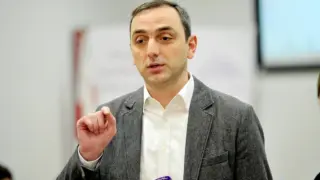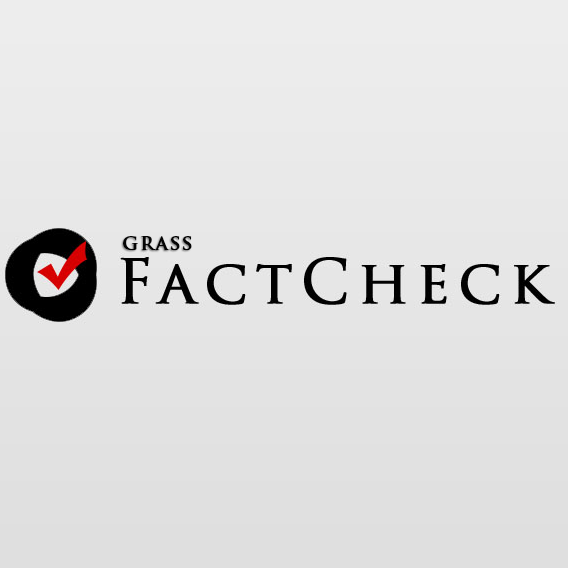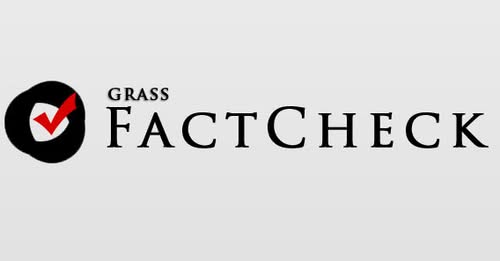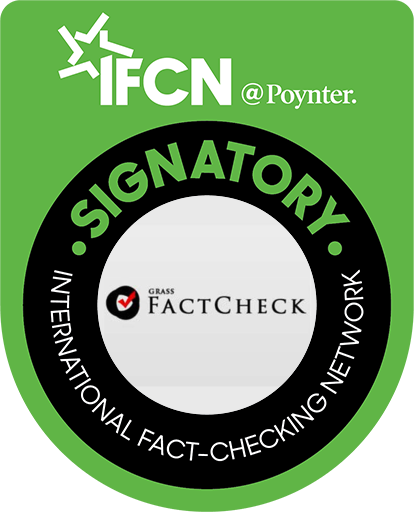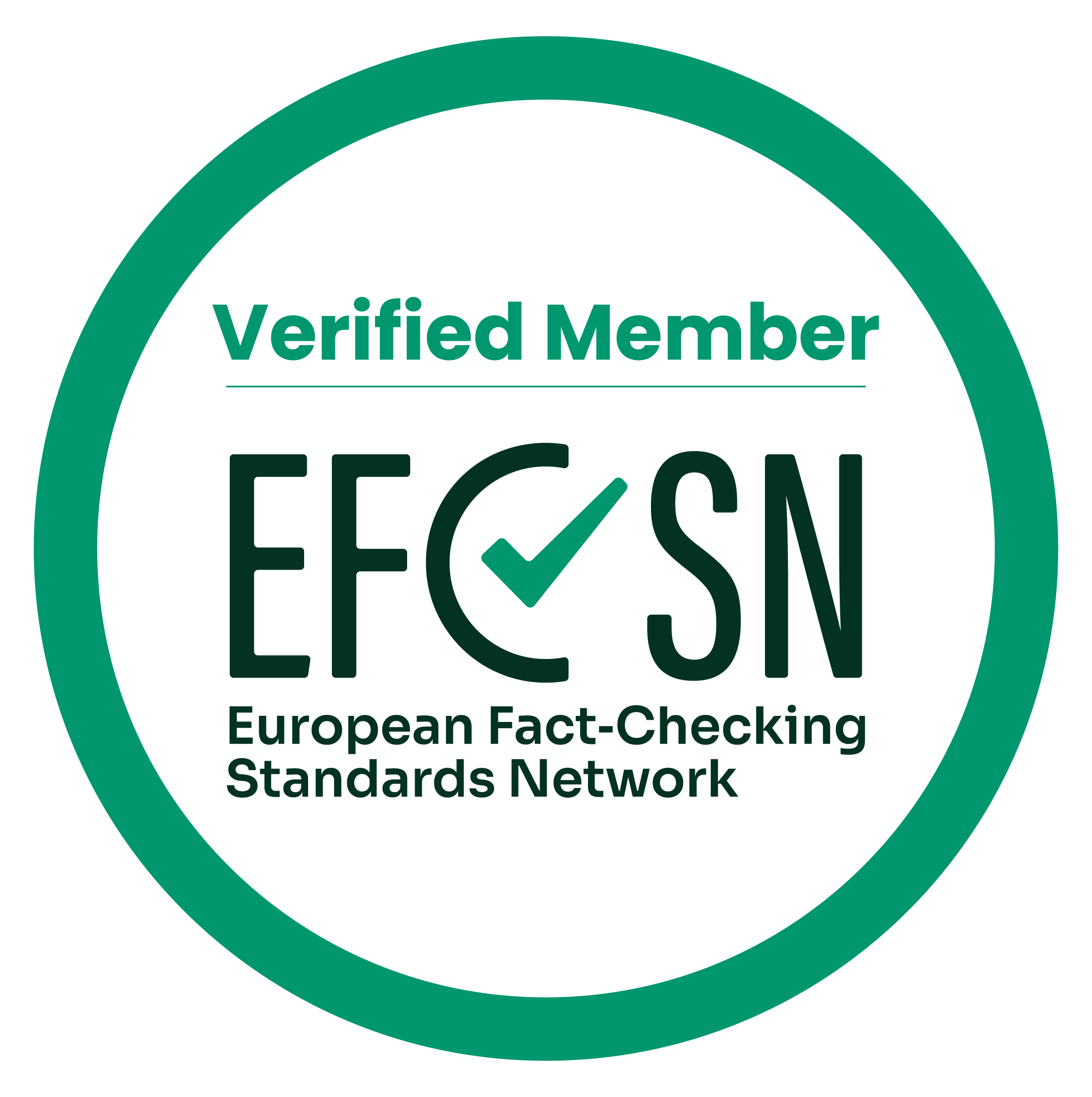Giorgi Kadagidze: “A person is considered poor if they earn under USD 6.85 a day. Over half the population falls below this line in Georgia – in the European Union, it is under 1%.”
Verdict: FactCheck concludes that Giorgi Kadagidze’s statement is MOSTLY TRUE.
The USD 6.85 PPP daily poverty line cited by Giorgi Kadagidze is outdated, based on 2017 figures. The updated poverty line for upper-middle-income countries like Georgia is USD 8.30 PPP per day according to the latest World Bank data from 2023.
Current World Bank statistics show that 49.1% of Georgia’s population lives below this threshold.
In contrast, most European Union countries are high-income where the share of people living on less than USD 8.30 PPP a day is nearly zero or around 1%. The EU average stands at 2%.
Thus, FactCheck concludes that Giorgi Kadagidze’s statement is MOSTLY TRUE.
Analysis
Former President of the National Bank of Georgia, Giorgi Kadagidze, posted on social media: “A person is considered poor if they earn under USD 6.85 a day, according to the World Bank methodology... Over half the population falls below this line in Georgia – more than half! In the European Union, less than 1% live below it.”
Updated World Bank data uses the 2021 Purchasing Power Parity (PPP) to define the global poverty line. PPP adjusts for differences in price levels across countries, making currencies comparable in real terms. It reflects that the same amount of money buys different amounts of goods and services in different countries. Thus, PPP allows for a more accurate comparison of incomes and poverty levels worldwide.
The poverty line for low-income countries is set at USD 3 PPP per person per day, for lower-middle-income countries at USD 4.20 PPP, whilst for upper-middle-income countries, such as Georgia, at USD 8.30 PPP per person a day. The poverty line prior to the aforementioned change for upper-middle-income countries was USD 6.85 per day in 2017 PPP terms, USD 2.15 for low-income countries and USD 3.65 for lower-middle-income countries.
Poverty and social inequality remain a serious problem in Georgia and globally according to the World Bank. Today, almost half of the world’s population lives on less than USD 8.30 per day.
Whilst Georgia is classified as an upper-middle-income country, the latest World Bank data reveals that poverty remains substantially high. Nearly half of Georgia’s population lives in poverty. The World Bank’s latest 2023 data suggests that 49.1% of Georgians survive on less than USD 8.30 PPP per day, meaning they cannot access adequate nutrition, healthcare or education – failing to meet basic human needs. Furthermore, 5.8% live in extreme poverty (under USD 3 PPP a day) and 14% survive on less than USD 4.20 PPP daily. Notably, the international poverty line of USD 8.30 PPP per day equals GEL 310.8 per month, USD 4.20 PPP equals GEL 157.3 and USD 3 PPP equals GEL 112.3, according to GeoStat.
Whilst the share of the population living below international poverty lines has decreased over the longer term (see Graph 1), nearly half of the population still lives in poverty.
Graph 1: Share of Population Under the International Poverty Line
Source: World Bank
The USD 8.30 PPP per day poverty line is mainly used for upper-middle-income countries. Most EU countries fall into the high-income category with daily incomes well above USD 8.30 PPP. For this reason, the World Bank does not publish a total EU figure but provides data for individual countries.
The poverty rate at this threshold is effectively zero in some EU countries, such as Belgium, Switzerland, Cyprus, Finland, France, Ireland, Luxembourg, the Netherlands and Slovenia. Furthermore, it stands at around 1% in the Czech Republic, Germany, Denmark, Austria and Malta. The poverty rate at USD 8.30 PPP per day is approximately 2%, averaging across all 27 EU countries.
International poverty statistics clearly show that a substantial share of Georgia’s population cannot secure a decent life, despite the country’s above-average income status. The persistence of poverty alongside official economic growth highlights deep social inequality. Changing this reality demands targeted, structural economic policies centred on human well-being.

